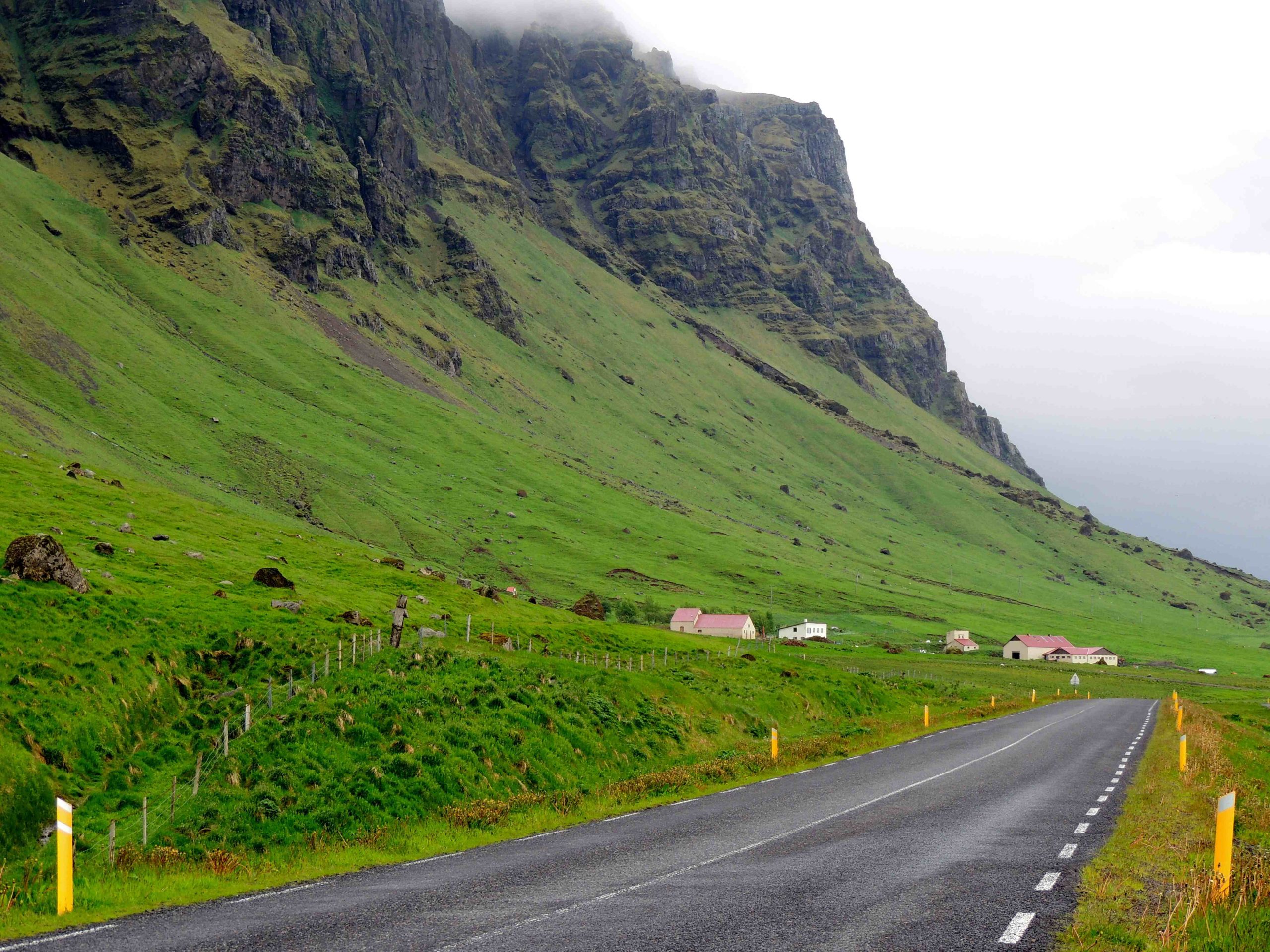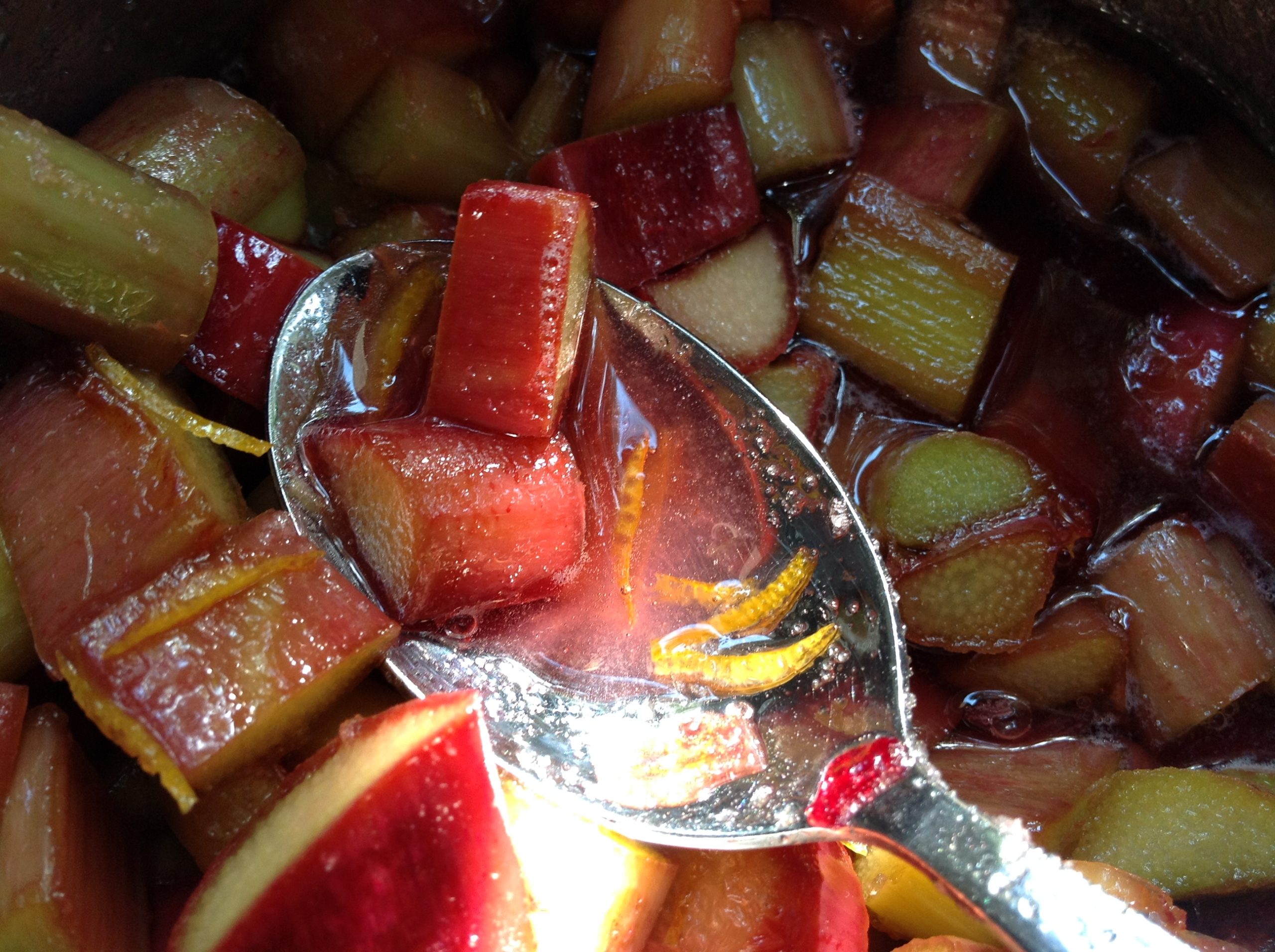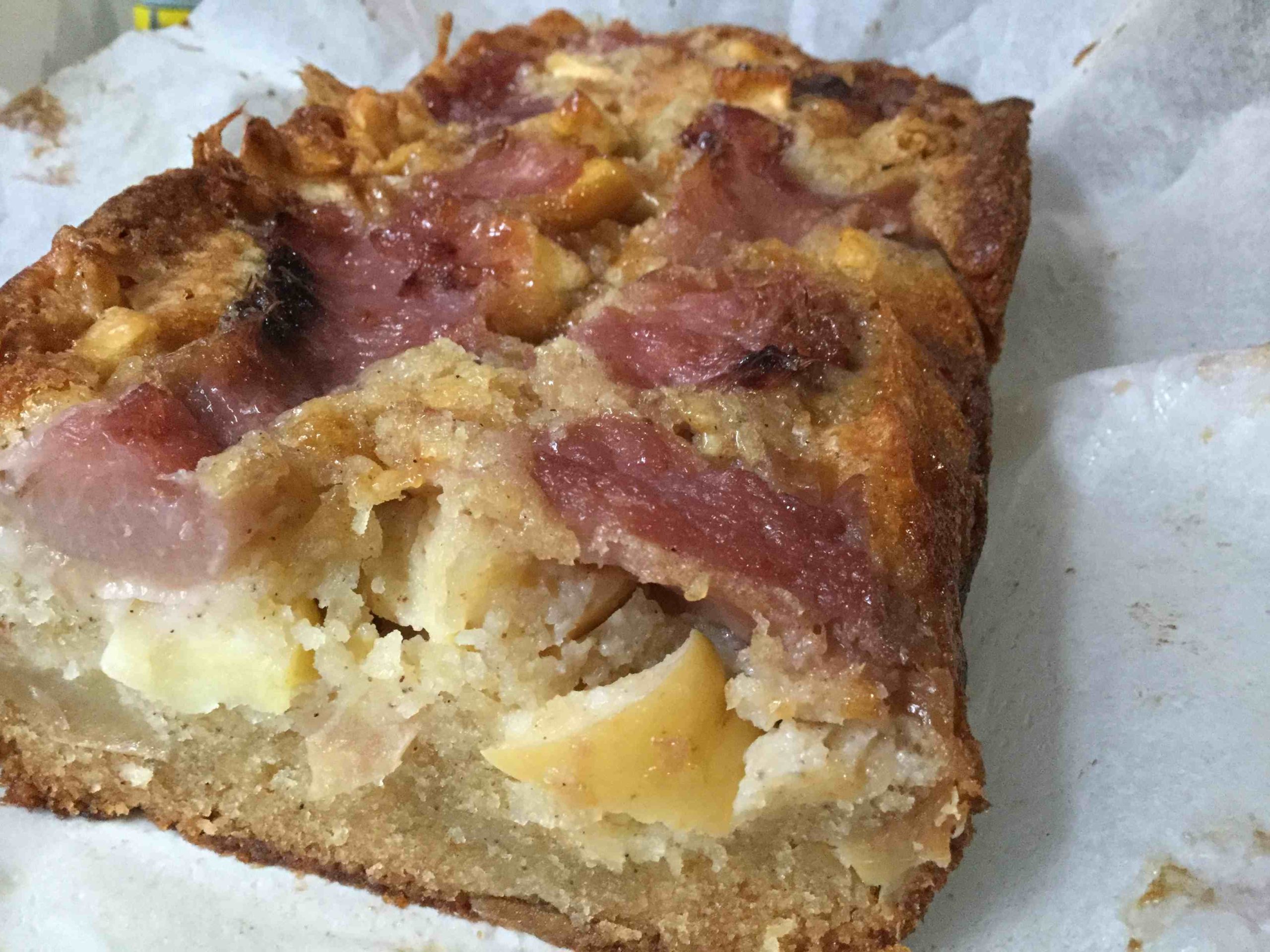Iceland is covered in ice! Well that perception needs to be debunked. It’s all rhubarb!
Is it not perhaps the most amazing country on Earth!
Even the food – like this remarkable cake – is full of surprises.
The scenery
Yes, there is a lot of snow in Iceland, and the weather is cool, with July summer temperatures only averaging 14oC. However, even though it is close to the Arctic Circle, the warming effect of the Gulf Stream current has a moderating influence on the climate.
Only 11% of Iceland is under glaciers, which are rapidly shrinking with climate change. Unexpectedly 20% of the island is covered in black sand and volcanic glass (cooled magma) and is classified as desert. In area, that equates to 20,000 square kilometres: imagine, almost one third of Tasmania under desert. Iceland is 103,000 square kilometres, Tasmania is 68,000.
For the other 70%, much of Iceland dazzles with amazing shades of green, often streaked with extraordinary water features. It has been said that Greenland should be called Iceland, and vice versa.
But if you want ice, you can find it a plenty. Jokulsarlon, in the east, is a massive lagoon with a glacier in the distance that sheds icebergs that float towards a narrow outlet to the sea. Did our boat driver say some of the ice is 1,000 years old? And we got to eat some.
This remarkable country even has a steamy side.
Here is a map © ja.is.
Food
Icelandic food is varied and welcoming. Lamb is the most common meat on menus, and there is plenty of local fish of course. The quality is amazing. At Höfn on the east we ate huge serves of local langoustine tails – not much bigger than yabbies. At Ísafjörður in the north-west we ate at a barn-like restaurant where the chef had about eight frying pans working away all with different fish and seafood cooked in different styles – guests kept going back for more while he kept restarting pans as they were emptied.
If you are after a hit of Asian spices, it can be hard to find outside the capital, Reykjavík. What will shock you though are the amazingly steep prices of anything – from a small pastry in a shop to a main course.
As you travel around you find many more settlements than you would expect – small towns, hamlets, fishing villages. And many will have a café. And every café seems to offer at least two things. The first is soup of the day, with big serves and tasty home-style bread on the side.
The second is a range of wonderful home-made cakes, almost always including a rhubarb option.
Rhubarb Cake
Rhubarb cake is ubiquitous in Iceland, probably because rhubarb of varying strains flourishes in the climate, and seems to grow well anywhere. You see it often in people’s gardens, with plants sometimes a metre high.
When we visited we tasted many versions of rhubarb cake. Towards the end of our trip, at Ísafjörður, we took a boat tour to a small island called Vigur out in the massive fjord. Two kilometres long and less than half a kilometre wide, the island has just one sheep farm. However, the family has opened the island for tourists to see their isolated operation and also to view puffins and other seabirds.
We were served an excellent afternoon tea in the homestead as part of the trip. It included rhubarb cake – the nicest we tried on the whole trip – and the cook – one of the family members, kindly gave me their recipe.
Try it and it will soon become a standby – it is so moreish and so versatile. The perfect tea cake or an exemplary dessert.
The method is quite simple and gives a lovely buttery result. In effect it is like an apple sponge cake or sponge pudding, or a very light muffin. The rhubarb does not have to be cooked first; it will soften nicely. The amount of rhubarb seems a lot but there is no need to worry. If the stalks are particularly thick cut the thick sections lengthwise.
Try the recipe first with rhubarb then try other fruits or a mix, for example, apples, pears, apricots (fresh or re-hydrated), raspberries (or raspberries and rhubarb combined), blood plums or other plums, figs combined with other fruit …. Fresh fruit need not be cooked beforehand if it is in small enough segments. Frozen fruit also works well if partly defrosted (not to the mushy stage).
Brown or dark brown sugar adds to the colour and gives a more malty flavour, or use a mixture of sugars. The original recipe called for placing the rhubarb on the base of the tin, which works for an upside down version. However, the method we give below involves pouring in some of the batter, then adding the rhubarb, then the rest of the batter. It makes it easier to unmould, especially if you line the tin with baking paper. If you slightly under-cook the cake, don’t worry, it will still be terrific.
Ingredients:
- 8 stalks of rhubarb, normal thickness, 30 cm long. (equivalent to 4 to 5 cups)
- 200 g butter, melted
- 180 g of sugar (normal or brown or dark brown; equivalent to 200 ml volume or a scant cup)
- 130 g of plain flour (equivalent to 200 ml volume or a scant cup)
- 1 tbsp desiccated coconut
- 1 tsp baking powder
- 1/4 tsp cinnamon
- 1 tbsp vanilla essence
- 2 eggs, beaten
Method:
Turn the oven to 170oC. Take a loaf tin with measurements of about 22×12 cm, or equivalent. For easier extraction, line with baking paper. (Otherwise, or in addition, spray or butter the inside.)
Wash and dry the rhubarb well and slice into 1 cm pieces.
Melt the butter (microwave or stove top). In another bowl add all the dry ingredients, stir in the vanilla and butter, just to combine, and not overworking. Use a fork to beat the eggs in the bowl used for the butter. Add half the egg mixture to the flour, mix through, then add the rest.
Spread about a quarter or a third of the batter in the lined tin. Sprinkle with all the rhubarb, spread remaining batter over the top.
Bake for 40 minutes, testing after 35 to see if it is cooked and the rhubarb is soft enough. Allow to cool somewhat before carefully unmoulding.
Serve warm with or without cream. Serves 8 to 12. Leftovers reheat nicely with a short burst from the microwave.
Degree of difficulty: 2/5 (Not difficult)
Following are two extra photos for the cake recipe: one using apple and rhubarb served upside down, the other using blood plums and dark brown sugar. All variations are so delicious!














